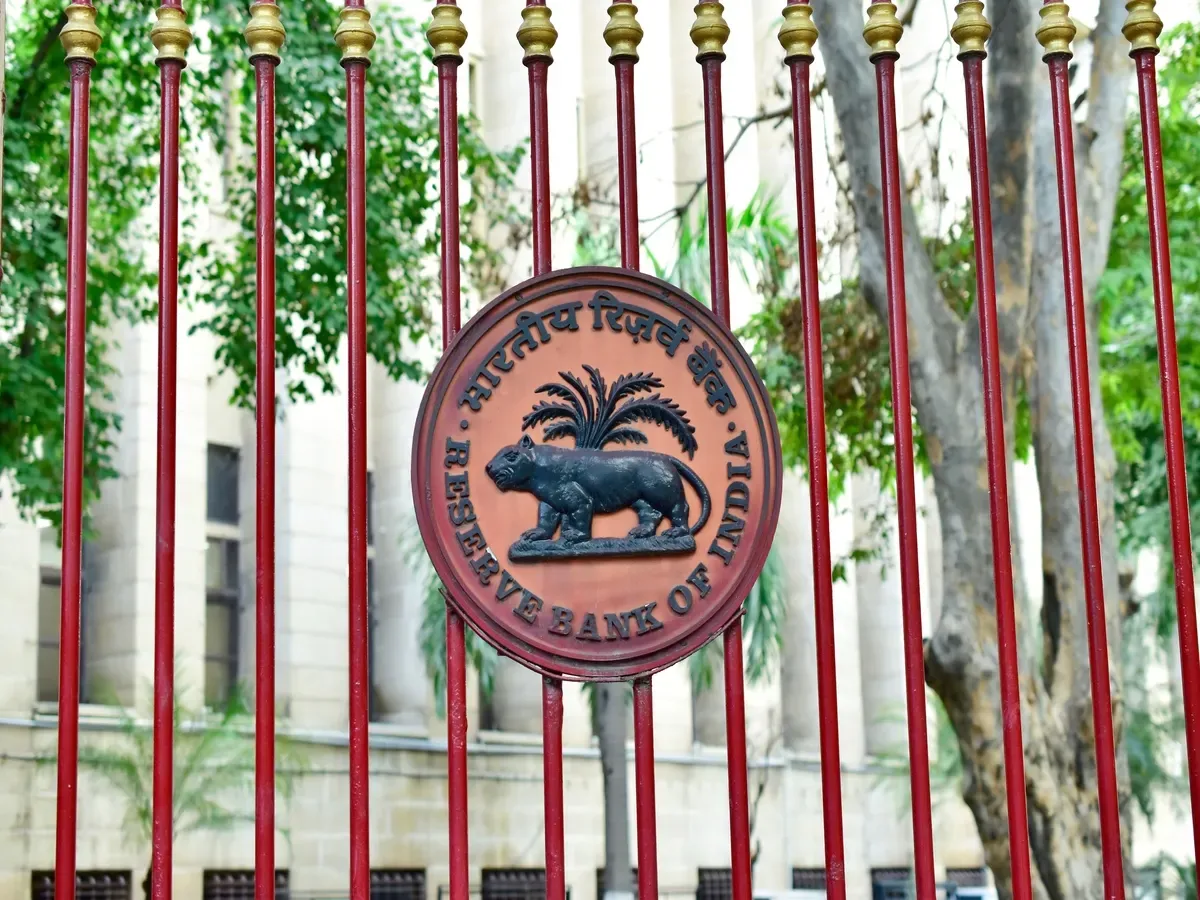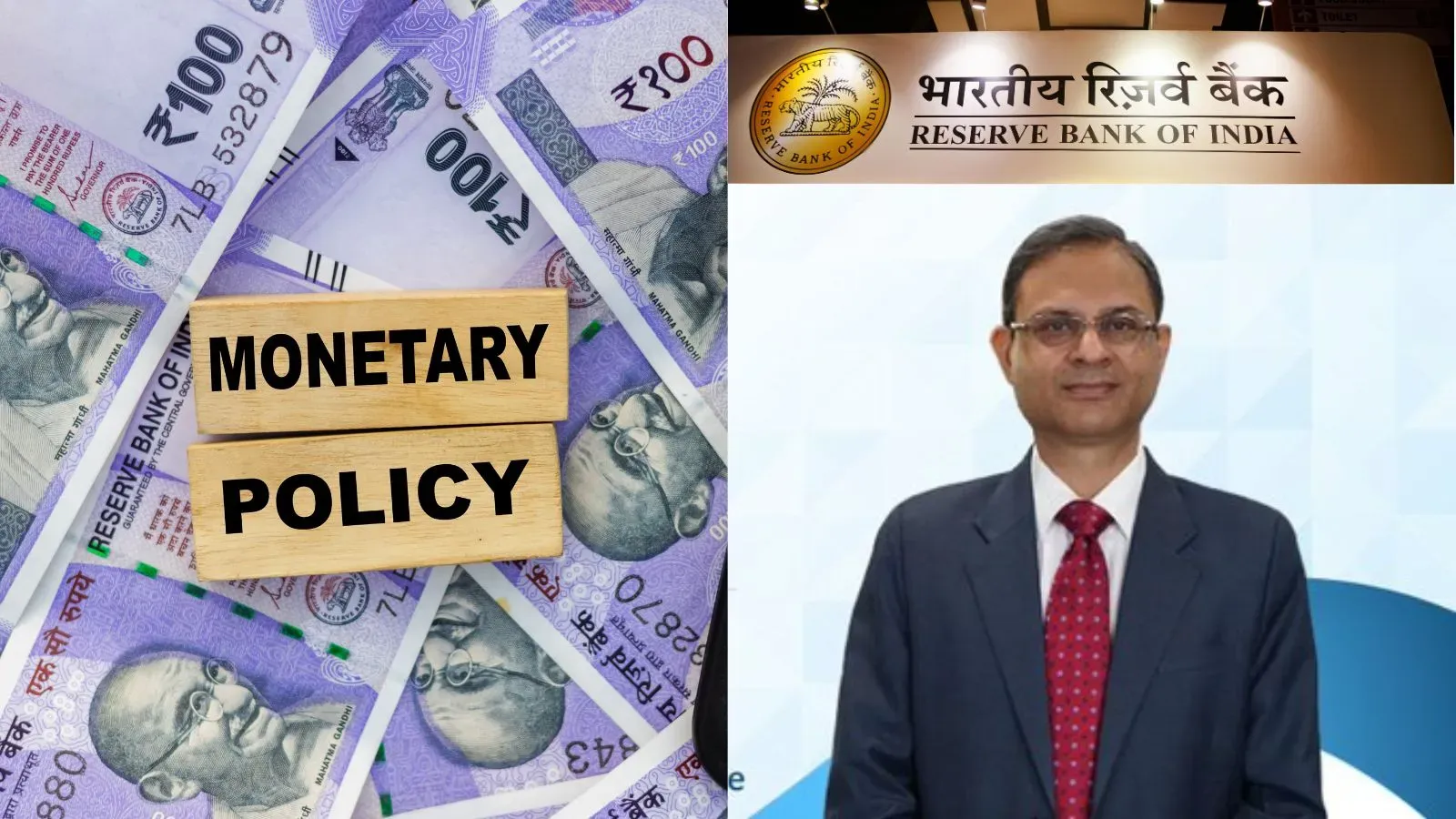Business News
RBI cuts cash reserve ratio by 100 basis points in a move to boost liquidity
.jpeg)
3 min read | Updated on June 06, 2025, 11:03 IST
SUMMARY
The cut in CRR will release primary liquidity of about ₹2.5 lakh crore to the banking system by the end of November 2025, Governor noted.

The cut in CRR will release primary liquidity of about ₹2.5 lakh crore to the banking system. | Image: PTI
The Reserve Bank of India (RBI) on Friday, June 6, cut the Cash Reserve Ratio (CRR) by 100 basis points to 3% from 4% in a major boost to provide liquidity to banks.
CRR is a percentage of deposits the banks are required to keep as reserves with the RBI.
"To further provide durable liquidity it has now been decided to reduce the CRR by 100 basis points from 4% to 3% of net demand and time liabilities. This will be done in a staggered manner during the course of the year in four equal tranches of 25 basis points each coming into effect from the fortnight beginning September 6, October 4, November 1 and November 29 of this year," RBI Governor Sanjay Malhotra said while announcing the Monetary Policy Decision.
The cut in CRR will release primary liquidity of about ₹2.5 lakh crore to the banking system by the end of November 2025, Governor noted.
Besides providing durable liquidity, it will also reduce cost of funding of the banks thereby helping and accelerating monetary policy transmission to the credit market, Governor Malhotra added.
"I would like reiterate that we will continue to monitor the evolving liquidity and financial market conditions and proactively take further measures as may be necessary for liquidity and monetary policy transmission," he said.
Meanwhile, the RBI's Monetary Policy Committee decided to reduce repo rate by 50 basis points to a three-year low of 5.50% in a move to support growth amid stable inflation outlook.
The repo rate -- the rate at which banks borrow funds from the RBI -- had last stood at 5.40% on August 5, 2022.
After a detailed assessment of the evolving macroeconomic and financial development, as well as the economic outlook, the MPC decided to reduce the repo rate by 50 basis points, RBI Governor Sanjay Malhotra said.
This is the first time since Covid-19 that the RBI has passed on three consecutive rate cuts, beginning February 2020.
RBI however, retained the GDP forecast for the current fiscal at 6.5%. The inflation projection was lowered to 3.7% from the earlier estimate of 4%, supported by expectations of a good monsoon.
"Indian economy is progressing well and broadly on expected lines. Strong macroeconomic fundamentals and benign inflation outlook provide space to monetary policy to support growth, while remaining consistent with the goal of price stability," Governor Malhotra said in his concluding remarks.
"As global environment remains uncertain, it has become even more important to focus on domestic growth amidst sustained price stability. Accordingly, today’s monetary policy actions should be seen as a step towards propelling growth to a higher aspirational trajectory," he added.
By signing up you agree to Upstox’s Terms & Conditions
About The Author
Next Story

